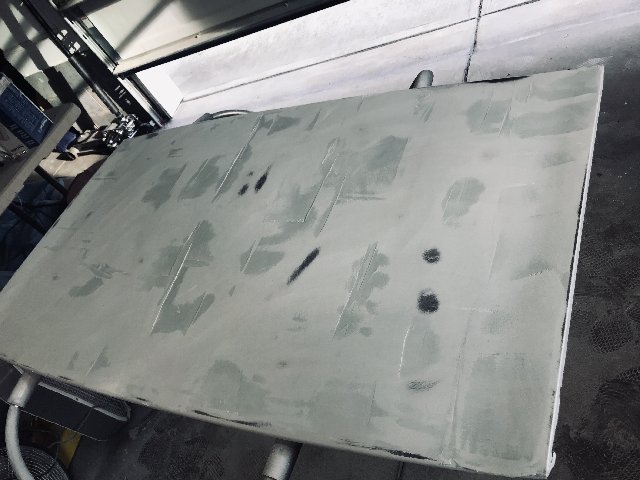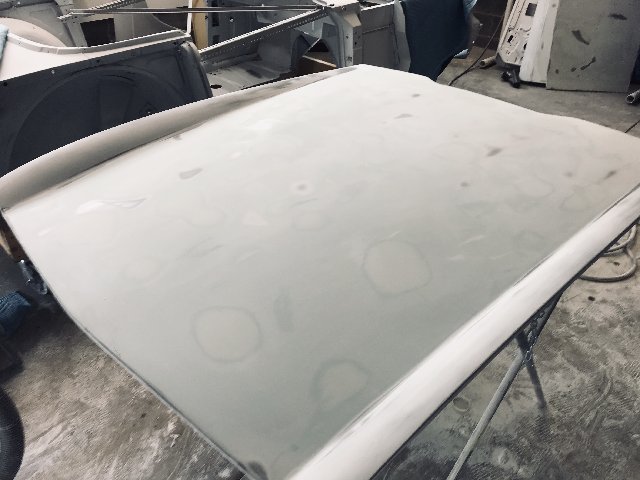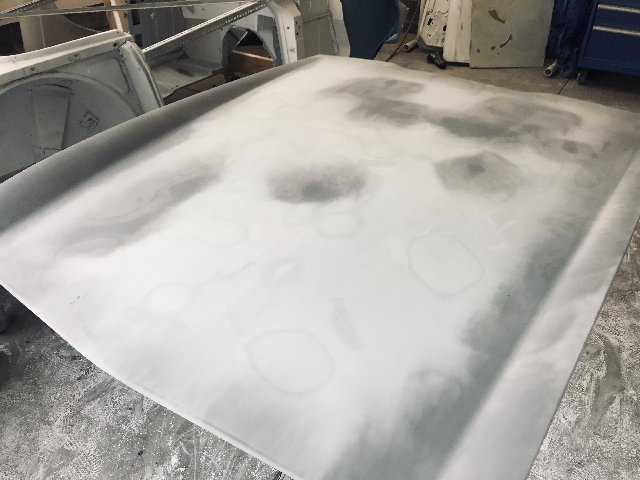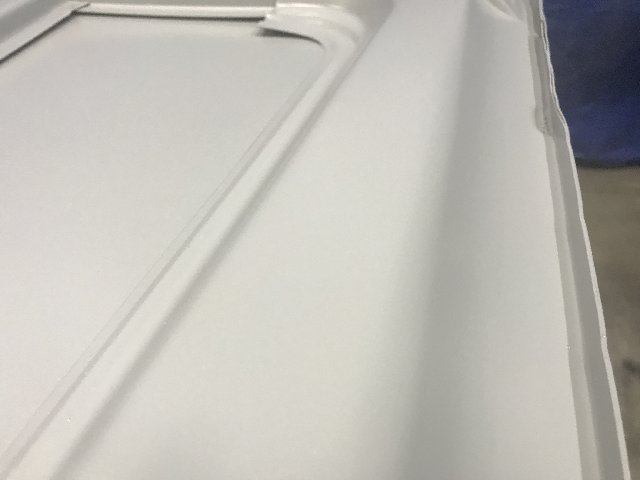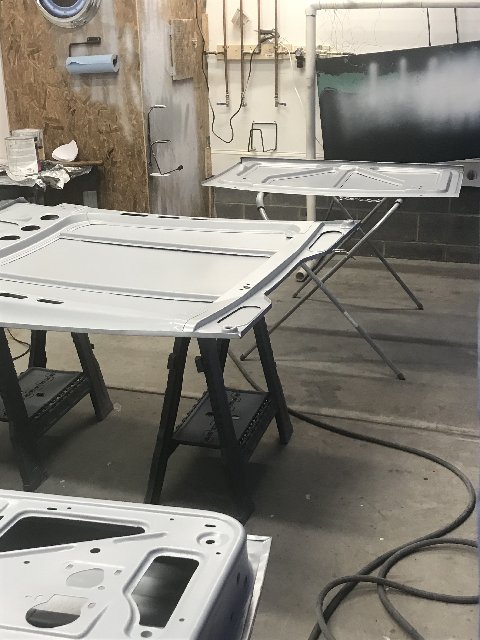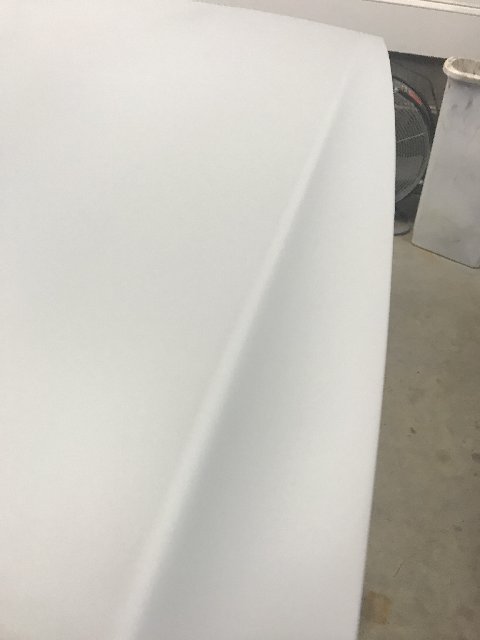I started the process to skim panels in filler this weekend and block sand. I started with 80, then 180, and then 220. With guide-coats. I started with the doors first, figuring they were fairly flat, and small enough for an easy start. Lessons so far:
1. I was way way to sloppy with the application of filler on the first panel. Too thick, too uneven. Too sloppy with the transition line near the top of the door. That caused so much more work than necessary.
2. Block sanding even with 80 grit, takes a LOT of effort to get to flat when the filler is sloppy. I lost feeling in my arm some time yesterday.
3. This is going to take forever, and a day.
4. A rasp is your friend to knock down any really high areas.
5. My boot (trunk) lid is very very uneven. The first coat of filler blocked down still left some low and high spots. It's going to take a second layer of filler.
Questions:
1. I've sanded through in a couple of high spots. It will be sometime (a few weeks) before I convert the garage back into "paint mode". Do I need to worry about this duration before I shoot everything with high build primer?
2. I'm baffled at the correct way to skim and block more complex parts like the fenders. There are complex concave and convex areas. Do people only skim the flat areas? The tight concave parts are the biggest concern. Flexible sanding blocks?
3. Would starting with 40 grit make life easier?
First coat of filler on the door. Yes, it was that sloppy

Door after sanding, and a bit of glazing compound
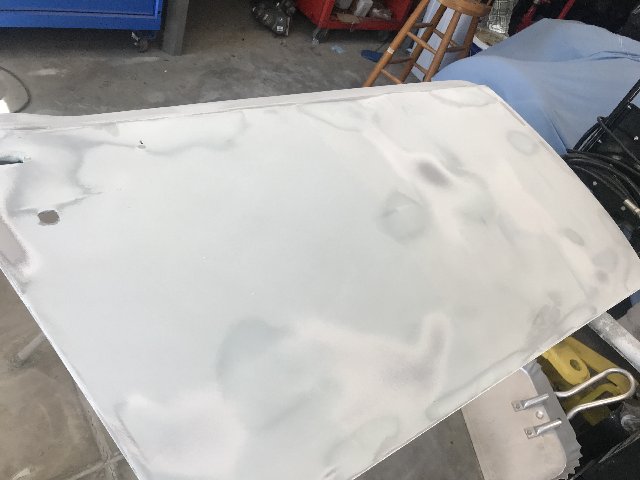
Boot lid showing the significant highs and lows
